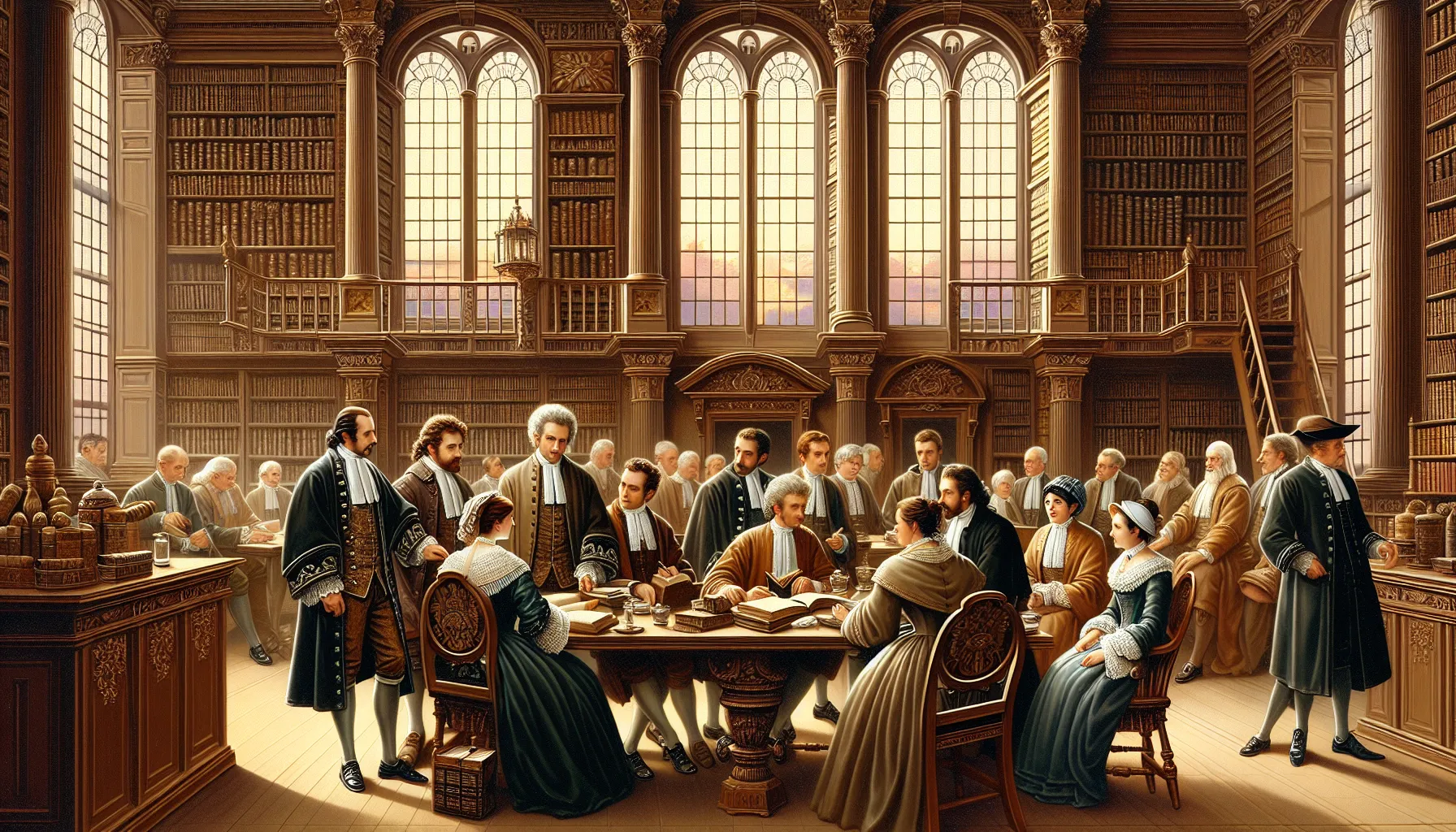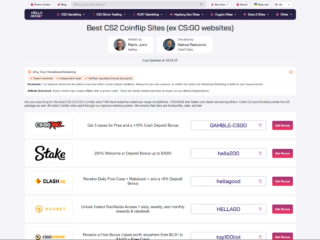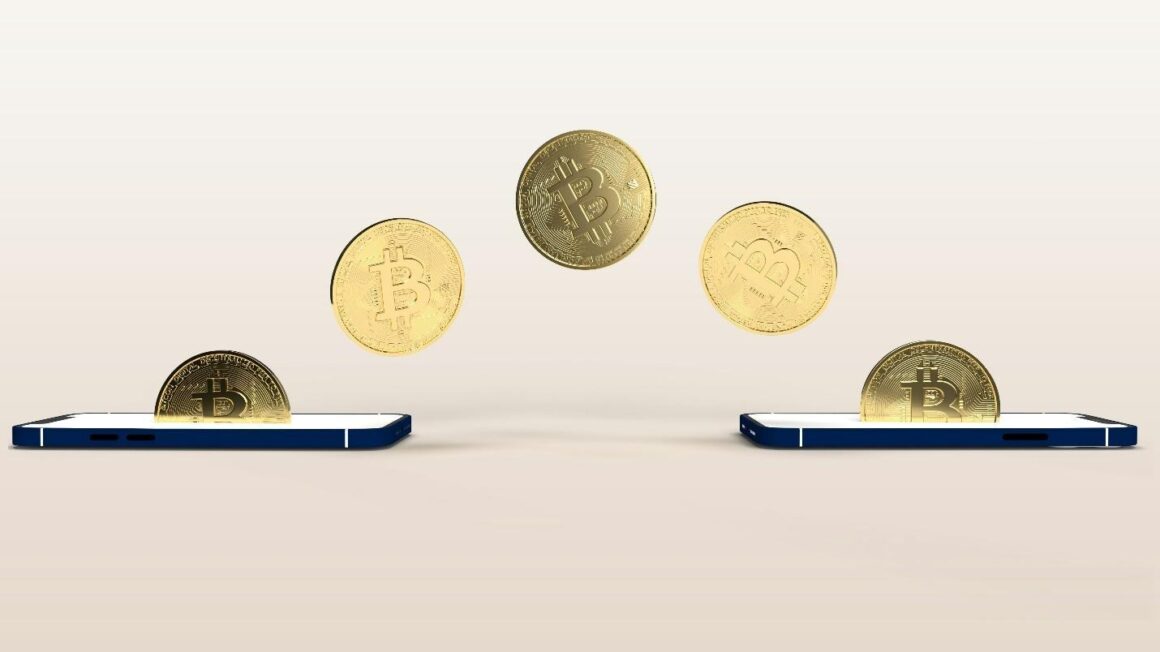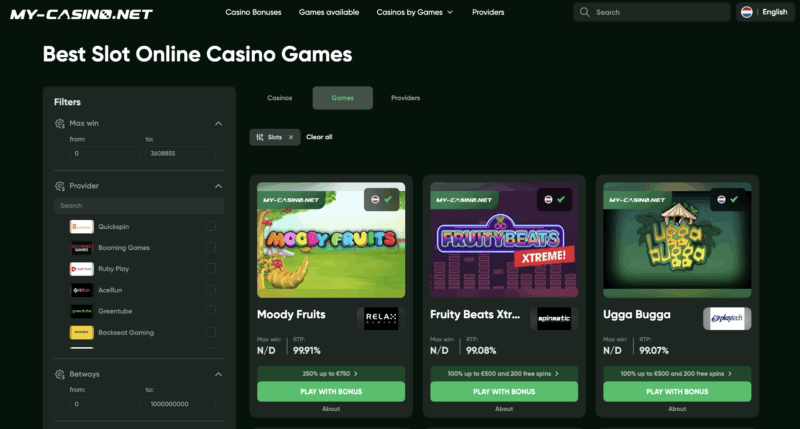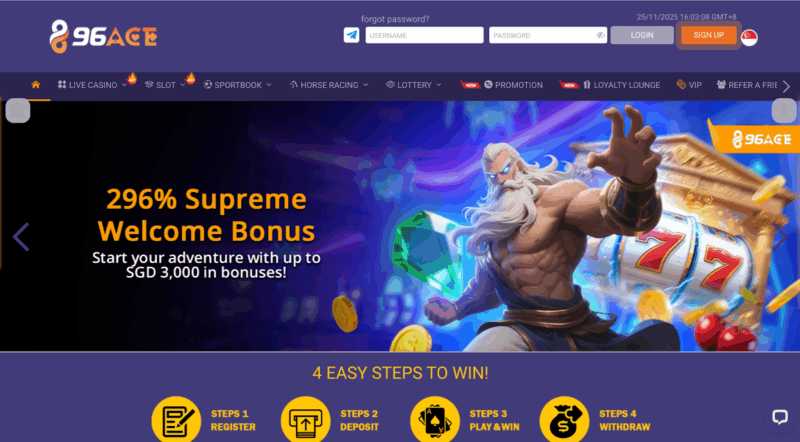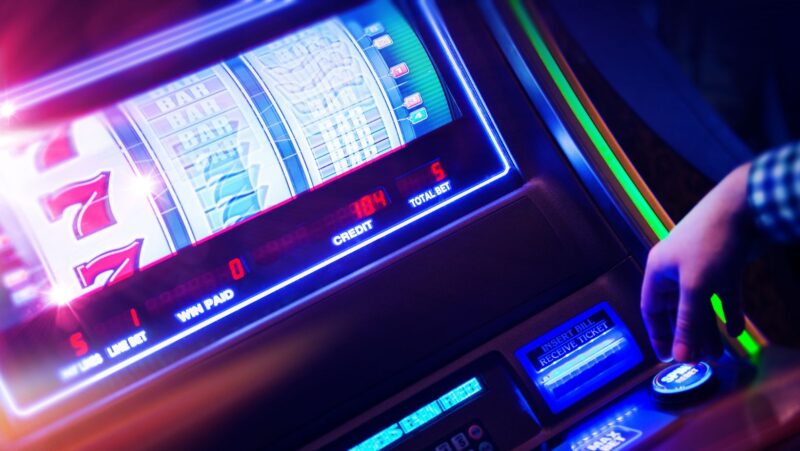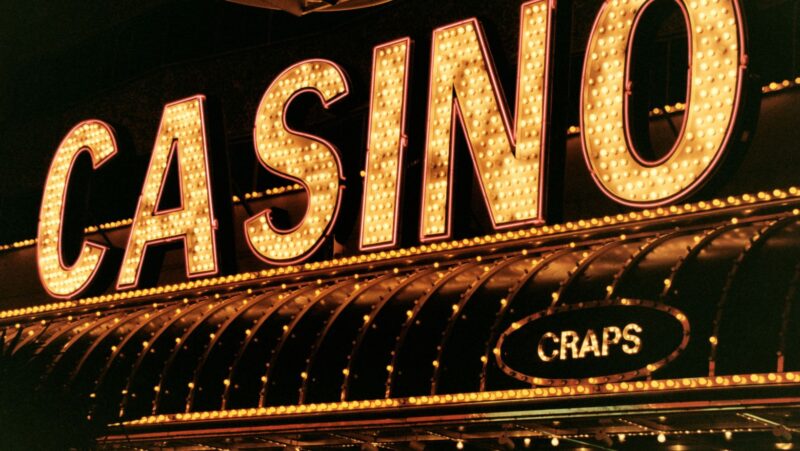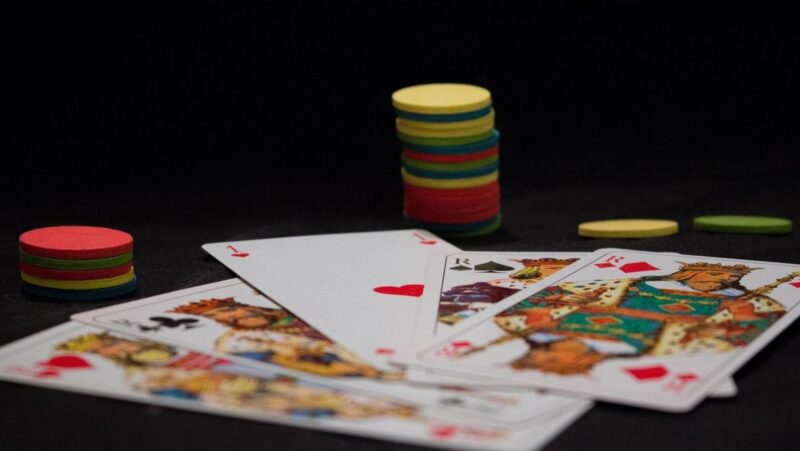
Gen Alpha will never know the excitement of playing a videogame in the glow of a turned-down TV.
Back then, all you needed were quick reflexes, a pocketful of snacks, and maybe an older sibling to get you to the next round. Today, gaming is complicated, to say the least.
Throw in a calculator, a trading spreadsheet, and a crash course in economics, and you’ve entered the wild world of player-driven economies.
If diving into ‘Path of Exile 2’, don’t be surprised when you hear seasoned players whisper, “Purcahse PoE 2 currency before mapping.” Yeah, it’s that real.
Wait, Games Have Economies Now?
Absolutely. They’ve had them for years. However, what used to be a side activity (trading a +10 sword with a guildmate) has turned into a core mechanic in many online games.
Unlike fixed-price shops or NPC-run markets, player-driven economies are powered by supply, demand, and sometimes good old-fashioned greed.
Players craft, farm, trade, and speculate, creating systems that mirror real-world economics in everything but the IRS involvement. (So far.)
Gamespace explains that these progressive systems “allow games to become more immersive and rewarding,” turning every rare resource into a potential payday. Valuable currency items can fluctuate based on rarity, supply, and the game’s economy.
From Pixels to Profits
The proliferation of in-game economies is no accident. Developers have leaned into this trend because it boosts engagement.
JPMorgan states that player-driven ecosystems are part of a larger movement. Startups and indie studios experiment with gameplay mechanics that mimic real-world systems.

Why? Because when players control the market, they care more. They log in daily to check prices. They hoard rare items “just in case.”
They become virtual economists, auctioneers, and negotiators. It’s a beautiful chaos of capitalism gamified.
Exhibit A: ‘Path of Exile 2’
No conversation about player economies is complete without mentioning Grinding Gear Games’ ‘Path of Exile 2’.
Unlike most games that run on boring gold, ‘PoE 2’ has its currency system built around crafting orbs, skill gems, and rare gear.
There’s no fixed coin, just an elaborate barter network where everything has value if you know what you’re doing.
Currencies hold diverse value, and different types of PoE 2 currency, from Chaos Orbs to Divine Orbs, impact gameplay and trade. CNL Gaming explains that players can buy the currency to speed up builds, fund equipment and character prowess, or just flex on global chat.
What’s the Appeal?
Why are gamers leaning into these digital economies instead of bashing monsters for loot and glory? We’ll explain below:
It Feels Real (in a Good Way)
CyberGhost VPN says that in-game currencies and market systems “add a layer of realism and player agency,” making choices feel meaningful.
You’re not only farming because a quest told you to; you’re farming because the price of Iron Bark doubled overnight.
Risk and Reward
There’s a thrill in flipping a rare item or calling the market like a gamer version of Warren Buffett. You can spend 10 hours grinding… or get lucky and sell a single item for enough to build your dream gear loadout.
It Creates Community
Markets create interaction. Whether you’re browsing trade forums or bartering in a local hub, player economies bring people together. This usually equates to arguing about prices, but hey, it’s still community.
Of Course, Developers Are On Board
Player-driven economies are a goldmine for developers (pun fully intended).
PocketGamer.biz reports that these platforms “keep players invested long-term and generate organic content through community interaction.”
Plus, they’re self-sustaining. Instead of constantly adding new quests or loot, developers can simply tweak drop rates or add new tradable items. The player base handles the rest.
It’s like feeding a Tamagotchi that trades stocks.
Other Games Doing It Right
While ‘PoE 2’ is a shining example, it’s not alone. ‘EVE Online’, ‘Old School RuneScape’, and ‘Albion Online’ have built their entire identities around player-controlled markets.
In some cases, people have made careers from in-game trading.
Even open-world games are hopping on the trend. GameRant points out that dynamic economies are becoming more common, letting players shape the world with spreadsheets.
Is This the Future of Gaming?
Honestly? It probably is.
As more players crave customization, freedom, and player agency, economies offer a way to give all without needing a 100-hour main quest.
They’re flexible, they’re social, and they turn even the most mundane task (like mining ore) into a chance to strike it rich.
And, with the rise of blockchain games and NFT-based items, the concept of owning and trading virtual assets is only growing.



